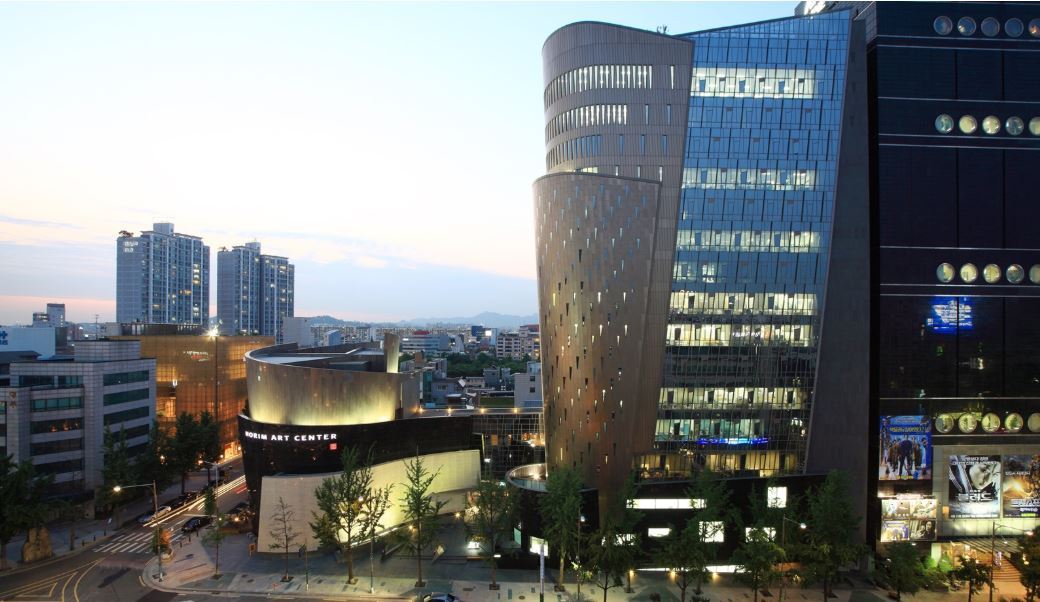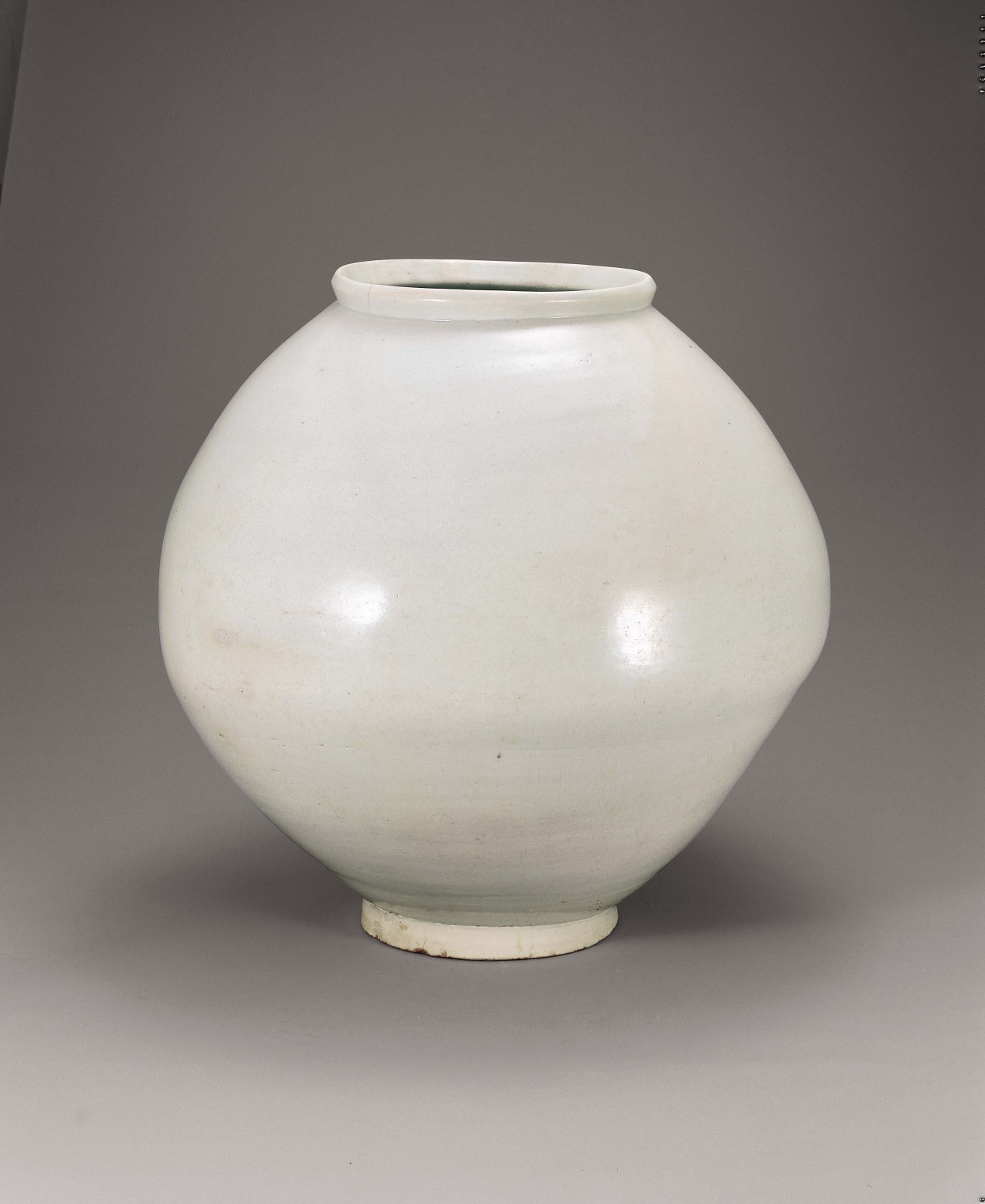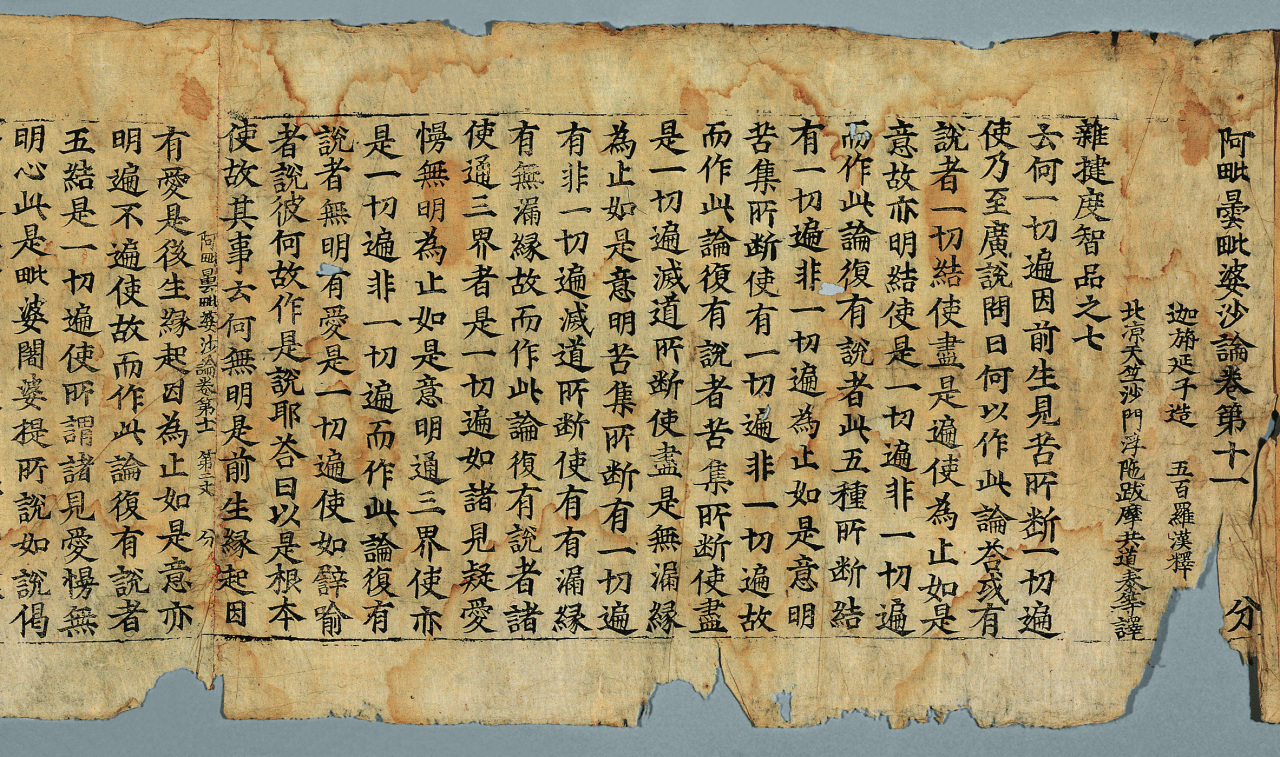Horim Museum’s 10th anniversary show taps highlights from exhibitions held in past decade
By Park YunaPublished : Nov. 5, 2019 - 14:59
A lotus-shape museum stands majestically holding ancient Korean artifacts among luxury brand flagship stores and hip restaurants in Gangnam’s Sinsa-dong -- one of the quickly changing areas in Seoul.
Horim Museum -- one of three private museums in Korea best known for holding national treasures, along with Leeum (Samsung Museum of Art) and Gansong Art Museum -- opened the new branch in Sinsa-dong in 2009. Celebrating the 10th anniversary of the new branch, “A Decade’s Record and the New Stories” showcases some of the artifacts from 36 exhibitions held at the Sinsa-dong branch of the museum over the last decade.
Horim Museum -- one of three private museums in Korea best known for holding national treasures, along with Leeum (Samsung Museum of Art) and Gansong Art Museum -- opened the new branch in Sinsa-dong in 2009. Celebrating the 10th anniversary of the new branch, “A Decade’s Record and the New Stories” showcases some of the artifacts from 36 exhibitions held at the Sinsa-dong branch of the museum over the last decade.

Horim Museum first opened in 1982 in Daechi-dong in southern Seoul with a collection of relics donated by Yun Jang-sub, also known as Horim. It was later relocated to Sillim-dong in the Gwanak district in 1999.
Ryu Jin-hyun, senior curator of the museum, recalled the 2013 exhibition “Korean Folk Paintings” as the most popular exhibition at the Sinsa branch, the popularity of which was a surprise to museum staff. “It was so popular that the art catalogues of folk paintings were all sold out and we had to reorder them,” Ryu said.
A folk painting from the late 19th century titled “Tiger and Magpie” from the 2013 exhibition brought out for the 10-year retrospective shows a magpie twittering over an unrealistically fat tiger. A tiger is likened to a corrupt officer while a magpie symbolizes the ordinary people.
“Folk paintings touch on a various kinds of subjects, giving a glimpse into people’s lives back then, and many of the folk paintings satirize social phenomenon by exaggerating looks in a funny way,” Ryu said. “Even now many people enjoy drawing folk paintings as a hobby.”
Bird-shaped earthenware pottery from the Three Kingdoms period in the third century on display are presumed to have been used to hold alcohol for rituals and were buried with the dead. Such containers came in various shapes, such as a bird or boat, mostly related to moving subjects with the belief they would carry the dead to the next world after death.
The moon jar, or “dalhangari” in Korean, is so unique that it was essential to display, Ryu said. The moon-shaped white porcelain items are considered representative of Joseon era art, and are not found in China or Japan.

“Our ancestors made the upper and lower parts of the jar separately and combined the two together to make it look like the moon, which was a unique way to make such porcelain jar,” Ryu explained.
The first Tripitaka of Goryeo -- “Chojo Daejanggyeong” -- exhibited in 2011, is also shown at the current exhibition. The Tripitaka is the first edition of Tripitaka Koreana, the world’s most comprehensive and oldest intact Buddhist canon. Tripitaka refers to a collection of Buddhist Sutras.
Only a few of prints of the first Tripitaka exist now because the wooden blocks were burned after Mongolian troops invaded the Korean Peninsula in 1232. Horim Museum has the biggest known collection of prints of the first Tripitaka, and five of them are designated National Treasures.

“When we put up the first Tripitaka on display in 2011, the year marked the millennial anniversary of the engraving ‘Chojo Daejanggyeong’, so the exhibition was very special,” Ryu said.
The museum holds around 15,000 relics at the Sillim and Sinsa branches combined, according to the museum.
The exhibition, which opened on June 20 and was originally scheduled to run until Oct. 31, has been extended to Dec. 31.
By Park Yuna (yunapark@heraldcorp.com)









![[Today’s K-pop] BTS pop-up event to come to Seoul](http://res.heraldm.com/phpwas/restmb_idxmake.php?idx=644&simg=/content/image/2024/04/17/20240417050734_0.jpg&u=)
![[Graphic News] More Koreans say they plan long-distance trips this year](http://res.heraldm.com/phpwas/restmb_idxmake.php?idx=644&simg=/content/image/2024/04/17/20240417050828_0.gif&u=)
![[KH Explains] Hyundai's full hybrid edge to pay off amid slow transition to pure EVs](http://res.heraldm.com/phpwas/restmb_idxmake.php?idx=644&simg=/content/image/2024/04/18/20240418050645_0.jpg&u=20240419100350)





![[KH Explains] Hyundai's full hybrid edge to pay off amid slow transition to pure EVs](http://res.heraldm.com/phpwas/restmb_idxmake.php?idx=652&simg=/content/image/2024/04/18/20240418050645_0.jpg&u=20240419100350)

